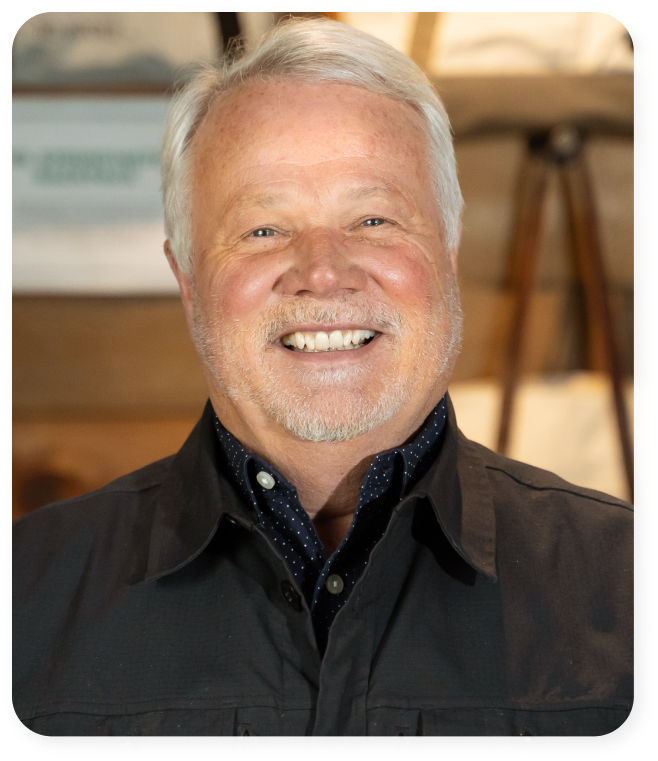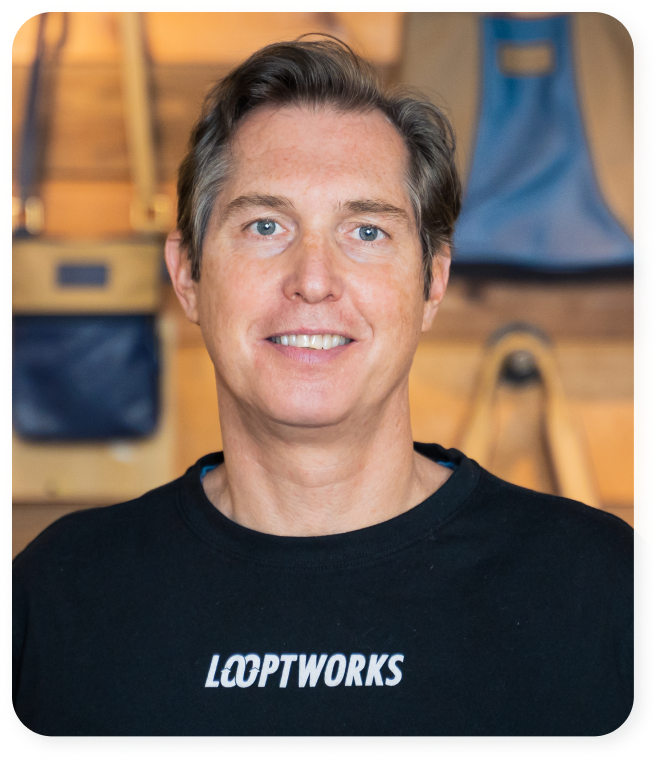

As consumers, we tend to purchase more things but use them less frequently, which ultimately leads to increased waste and depletion of earth’s resources. However, we have the power to make conscious choices regarding our consumption habits. As we enter the holiday season and beyond, let’s strive to reduce waste, utilize our belongings for longer periods, take better care of our possessions, and prioritize products that are of high quality. All of our choices have a significant impact, so we have compiled a list of ten things to consider and questions to ask ourselves that can help us become more environmentally conscious consumers.
Are you shopping and making purchases for no particular reason? Are you buying things merely out of boredom? It’s important to reflect on the reason behind your purchase. If you can, try to wait for 2 weeks before making a decision to buy something. This will help you determine whether the purchase is impulsive or whether you truly need the item.
By consuming less, you dispose of less waste. Before heading out to buy something, first take note of what you already have around the house. Don’t have it? Try borrowing the item from a friend or shop secondhand. Buy things only when you truly need them.
Buy products with less packaging or environmentally friendly packaging whenever possible. Learn the proper ways to get rid of them after i.e. can it be recycled, repurposed or does it belong in the trash? Bring your own reusable bag when shopping for groceries, clothes or other items to avoid having to take a single-use bag from the store.
Reflect on the story and life of the product. Where and how it was made? And what will happen to it after its’ intended use? If you don’t like the answers or the story makes you uncomfortable, keep searching for a better alternative.
Ask yourself if the product or material may already exist and if you can get it second-hand or upcycled. Buying a used item or product made from upcycled materials diverts those products and materials from ending up in the landfill (where they would decompose and release harmful methane gas into the atmosphere) and saves water, air and energy that would be used to create virgin materials.
If possible, it is recommended to invest in high-quality products that are durable and will last a long time. Avoid buying cheap and disposable items. Choose versatile and high-quality products that you can wear and use repeatedly. Fast fashion has created a significant problem in the manufacturing, marketing, and usage of clothing. It leads to lower quality products that are only designed to be worn a few times and encourages consumers to keep buying new items constantly.
Check out these additional tips from the New York Times on “How to Buy Clothes That Are Built to Last“

Extending the life and use of our clothing can help reduce their environmental impact. So do your best to look after items and store them properly. Help your clothes last longer by washing them only when they are truly dirty, wash in cold-water and hang-dry when you can. Repair whenever possible, either yourself or locally.
“Just increasing the lifespan of our clothes reduces all of their environmental impacts; for greenhouse gases “doubling the useful life of clothing from one year to two years reduces emissions over the year by 24%”, as does buying second-hand clothes.” – Greenpeace’s “Fact Sheet Timeout for Fast Fashion”
Choose companies committed to sustainability, reducing waste, fair labor practices, and using ethically sourced materials. Look for companies that have a B Corp Certification, which requires companies to “consider the impact of their decisions on their workers, customers, suppliers, community and the environment” -B Corp
Get to know the companies you shop with by visiting their website or reading their corporate responsibility report, where they share information on their social and environmental commitments. Ask questions if the information is not readily available. Where do the materials come from? How are they made? Who makes the materials/products? How is it all packaged? What are their labor practices? How do they handle waste on their end? Etc. Companies should know you’re paying attention and keep striving to do better.
We vote every day with our dollar, and we have the ability to choose who and what we will vote for. We can choose to support companies who are leading the way in sustainability, closed loop systems and the reduction of the use of resources. We can choose to support those who are creating ethically made products and who are using their power for good. We can choose to buy locally when possible, buy less and shop with purpose.
Each and every day we have to decide how we will interact with the world, what and how much we will buy and use, who we will support with our precious time, energy and hard earned dollar, and what kind of impact we will have on the world around us. We have the ability to ask questions (of ourselves and others) and continue to do research into how to lessen our personal impact and push companies to do better.
We hope this starter list gives you a good start to jump in with to be a more eco-conscious consumer. Is there anything else you would add?

We’d love to hear from you!


Denine has over 20 years of experience driving new business opportunities for leading companies, including E.I. DuPont de Nemours & Company, Inc., The Dow Chemical Company, Outlast Technologies, and DST Systems. She holds a BS from the University of Pittsburgh and a Certification in Executive Management from the Kenan-Flagler School of Business at the University of North Carolina at Chapel Hill.

Tami is a senior accounting leader with over 16 years of experience in the manufacturing and textile industry. Her specialties include process development and implementation, mergers and acquisitions, job and project costing and analysis, and managing complex teams and technical projects. Tami has served as Chief Financial Officer and Controller for a variety of innovative companies, where her analytical skills and strategic mindset helped organizations create efficiencies in their financial systems.

Kelley is a passionate and strategically minded business development leader with more than two decades of experience in the sporting goods apparel industry. He has experience in product construction, league partnerships, retail relationships, supply chain management, sustainability, circularity, and carbon footprint management. Kelley builds successful partnerships by putting the customer first while simultaneously advancing his organization’s business objectives.

Suzy is a product leader and operations expert with more than 25 years of experience in the textile industry. She is passionate about finding creative solutions to complex problems and motivating people to action through vision, strategy, collaboration, and communication. Suzy has proven expertise in product development, sustainability, marketing, supply chains, and innovating processes and best practices to drive results.

Scott is a visionary leader with more than 32 years of experience in strategic branding, innovative product creation, supply chain sustainability, and sales and marketing for global organizations. He founded Looptworks in 2009 as an industry solution for turning excess materials into upcycled consumer products. In 2022, Scott transitioned the company to a B2B business model focused on eliminating global textile waste through closed-loop solutions.

Scott is a visionary leader with more than 32 years of experience in strategic branding, innovative product creation, supply chain sustainability, and sales and marketing for global organizations. He founded Looptworks in 2009 as an industry solution for turning excess materials into upcycled consumer products. In 2022, Scott transitioned the company to a B2B business model focused on eliminating global textile waste through closed-loop solutions.